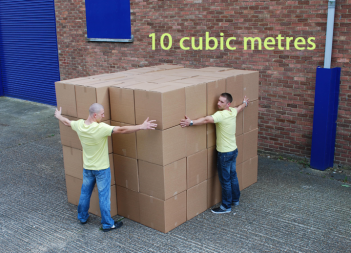Researchers in Germany may have finally solved a bottleneck that has been halting the progress of hydrogen power tech for years. Instead of storing hydrogen in cumbersome tanks, the researchers have proposed utilizing a magnesium-based paste that can store hydrogen energy at 10 times the density of a lithium battery.
While hydrogen gas itself is lightweight (it’s the lightest element in the universe) and has a phenomenal energy density — both ideal qualities you want to see in a transportation fuel — containing the gas requires expensive bulk storage.
The researchers combined magnesium and hydrogen at around 350 °C (662 °F) and five to six times atmospheric pressure to form magnesium hydride. They then added an ester and metal salt to form a viscous goop known as “Powerpaste”.
According to the researchers, the paste can be loaded into cartridges that can be easily and quickly replaced to restore power. The hydrogen is released from the cartridge when the paste is placed in a chamber where it reacts with water at a controlled rate. The paste is stable at temperatures up to 250 °C (482 °F) and can carry much more energy than a conventional hydrogen tank of the same weight. As such, a vehicle running on Powerpaste could expect to reach an autonomy comparable to — perhaps even greater — than a gasoline-powered vehicle.



It’s not possible because dihydrogen molecul are much thiner than methane or similar gas. This means that conventionnal gas infrastructure will leak dihydrogen.